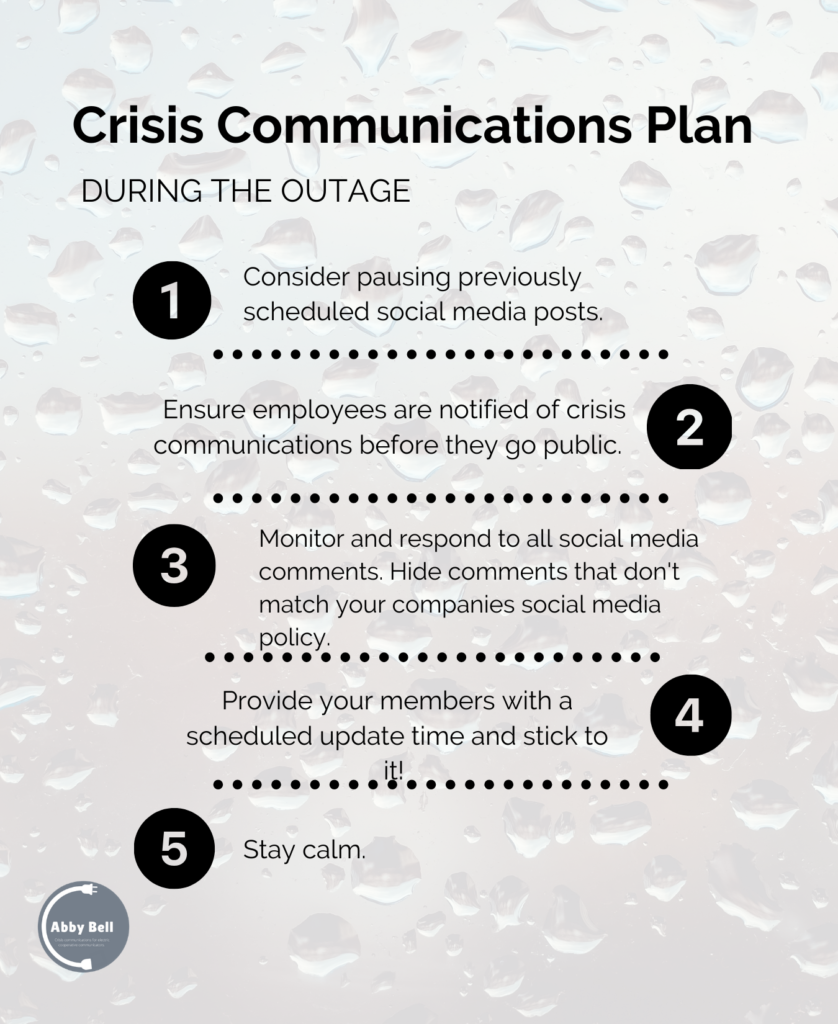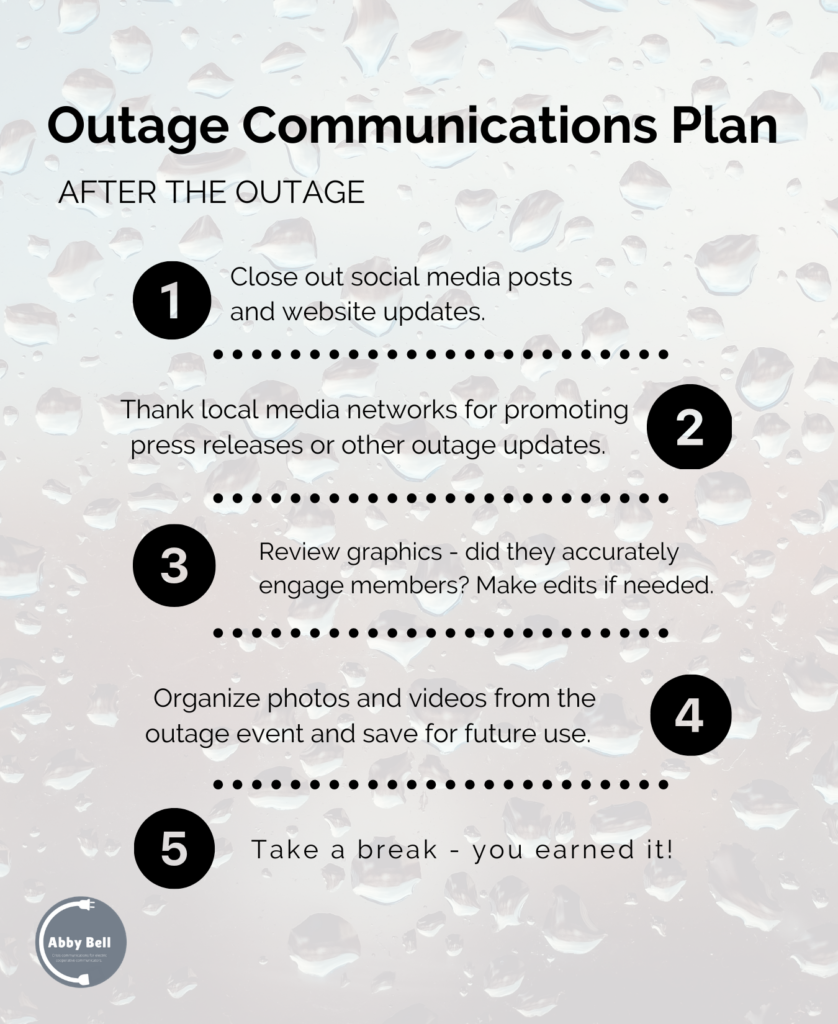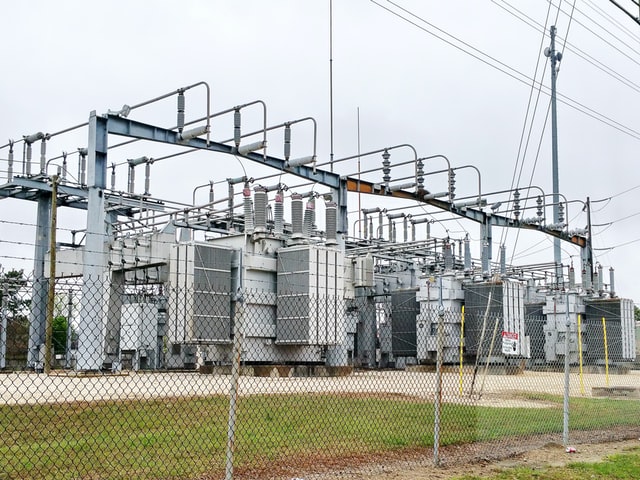Are you prepared for a crisis communication at your electric cooperative? As electric cooperative communicators, power outages shape our schedules and dictate communications plans. Staying prepared is a key aspect of the role due to the un-expected nature of most power outages.
For Texas based electric cooperative communicators, the un-expected occurred in February, when a severe ice storm left the state in a deep freeze, that according to the Texas Tribune, left 70% of the Electric Reliability Council of Texas (ERCCOT) consumers without power for nearly a week.
Through an interview with Texas cooperative communicators, Kirklan Hinojosa of Nueces Electric Cooperative and Chad Simon of Sam Houston Electric Cooperative, we learn about the challenges faced through the ice storm and advice for other communicator who have not had to face a major power outage situation.

Kirklan Hinojosa is the power behind communications at Nueces Electric Cooperative in South Texas. Serving as a corporate communications and regulatory affairs specialist, Kirklan has built an impressive resume of communications skills during his three years at the cooperative. The most recent addition to his skill set is the success of his communications plan though the February 2021 ice storm.
Four hours north-east of Hinojosa, fellow electric cooperative communicator, Chad Simon – Sam Houston Electric Cooperative’s Communications Specialist, experienced the same effects of the February ice storm.
Hinojosa explains normal Texas power outages occur due to strong winds and rain during hurricane season. Winter storms are rare and Texas cooperatives were not prepared to handle the winter weather.
Kirklan Hinojosa is the power behind communications at Nueces Electric Cooperative in South Texas. Serving as a corporate communications and regulatory affairs specialist, Kirklan has built an impressive resume of communications skills during his three years at the cooperative. The most recent addition to his skill set is the success of his communications plan though the February 2021 ice storm.
Four hours north-east of Hinojosa, fellow electric cooperative communicator, Chad Simon – Sam Houston Electric Cooperative’s Communications Specialist, experienced the same effects of the February ice storm.
Hinojosa explains normal Texas power outages occur due to strong winds and rain during hurricane season. Winter storms are rare and Texas cooperatives were not prepared to handle the winter weather.
“We get advanced notice of most storms through our partnership with the National Weather Service,” Hinojosa described. “We usually have a week or two to start preparing.”
When the ice storm hit, the cooperative faced many new challenges. Line crews were unable to drive on the ice-covered roads, communications escalated with the purpose of informing members with winter storm safety tips and outage restoration efforts had to re-strategize. The unique Texas power grid, described by the Texas Tribune, created a major communications challenge for Texas electric cooperatives. National news organizations started reporting on the Texas outages with little understanding of the state’s unique power grid.
Although Hinojosa had never faced such an unprecedented outage before, his crisis communications strategy was ready to implement, and he handled communications with ease.
“It’s important to respond to all social media comments,” Hinojosa explains. “Even if you don’t have a lot of details, just share what you can and let your members feel heard and understood.”

The best advice Hinojosa has for cooperative communicators in a power outage situation:
- Stay calm, take a quick break (from reporting) when needed.
- Never make a promise on social media you can’t deliver.
- Don’t wait until a crisis strikes to form a communications plan, start planning your communications strategy now.
Crisis strategy takes a different route for Simon. With a background in Marine combat photography, he is in his element when lacing up his boots and heading to the outage sites with Sam Houston’s Line Technicians. The cooperative uses Simon’s photo and video footage to educate their members on social media. The digital media elements serve the dual purpose of showing members restorations efforts, while educating on how the cooperative works.
Simon say’s Sam Houston’s Communications Team finds benefit from clear roles for each member of their three-person communications team.
“Our roles are clearly defined,” Simon describes. “It is almost seamless when a power outage occurs as to what each of us will be doing.”
The cooperatives communications team has found success in using media elements during outage situations as an educational tool. Members are so educated on the cooperative that many social media comments are answered by other members before the cooperative has the chance to respond.
Simon recommends the following tip for electric cooperative communicators:
- Create a crisis communications plan
- Use media elements to educate members
- Build relationships with supervisors and line technicians before the storm strikes.
Through a case study by Questline, it is clear social media is quickly becoming a top platform for crisis communications in the electric cooperative world. Whether you have a social media strategy in place, or are just getting started on Facebook, it’s important that your start to create a crisis communications plan for your social media feeds.
Sources:
Galbraith, K. (2021, February 17). Why does Texas have its own power grid? The Texas Tribune. https://www.texastribune.org/2011/02/08/texplainer-why-does-texas-have-its-own-power-grid/
(2020, December 9).Case Study: Outage Communications on Social Media. Questline. https://www.questline.com/blog/outage-communications-social-media/
Ramsey, R. (2021, March 31). Analysis: Will Texas winterize its electric grid this time? The Texas Tribune. https://www.texastribune.org/2021/03/31/texas-legislature-electric-grid-winter/


No responses yet